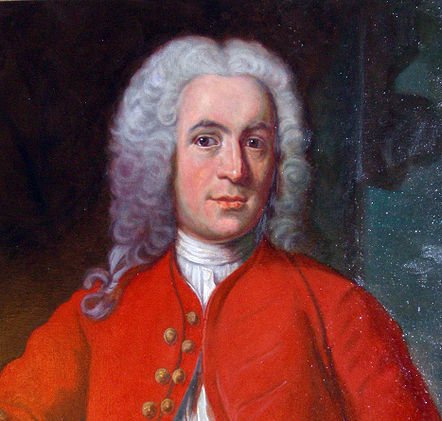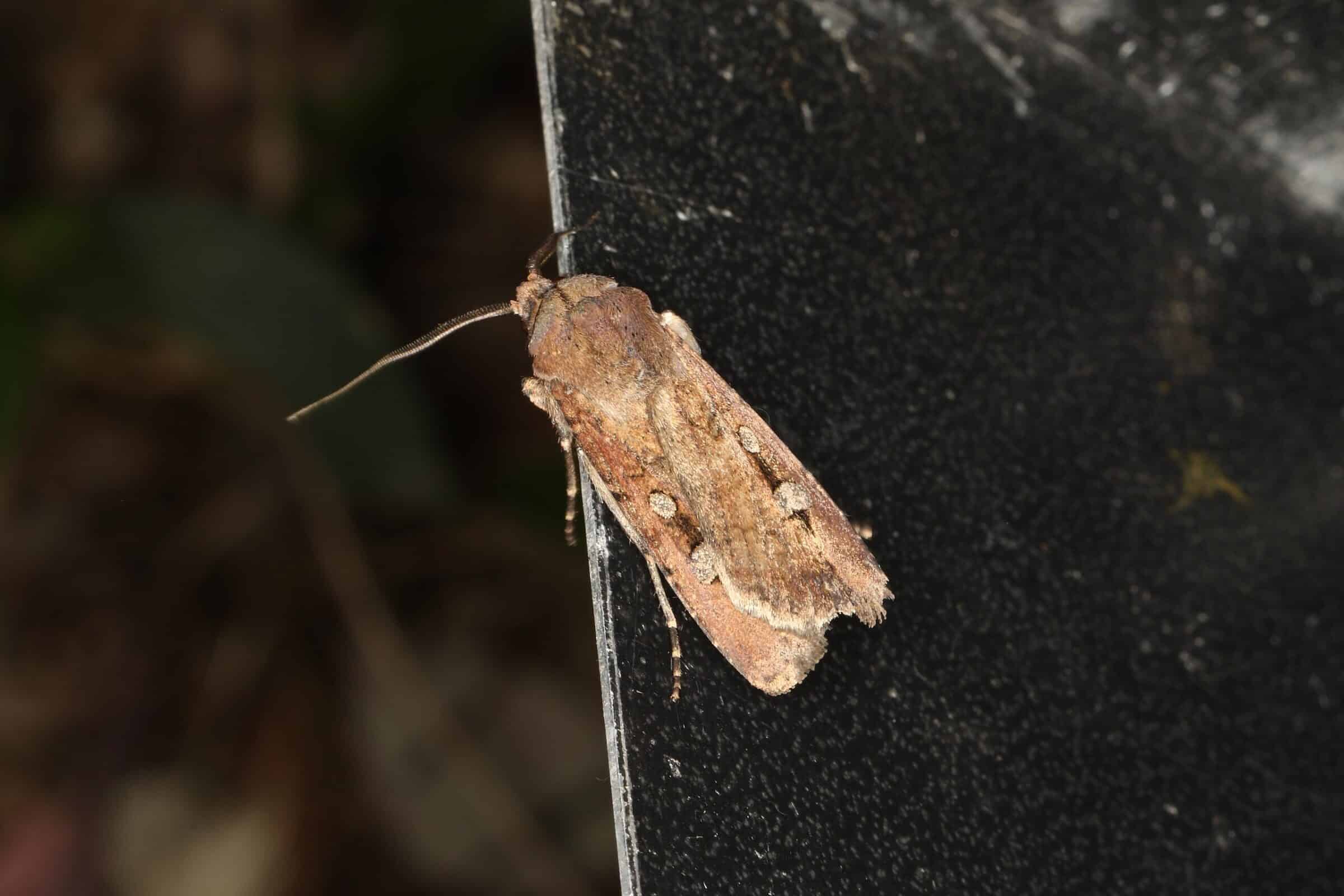It has been known for some time that some birds migrating long distances can use the stars to navigate. This is a form of celestial navigation. One type of celestial navigation is to use the star Polaris (the so-called north star) to indicate north. As recently as 2023 a summary of research on animal navigation by Roswitha and Wolfgang Wiltschko indicated that, “So far, a star compass has been demonstrated only in a few species of songbirds that migrate at night.”1 However, a recent study by a consortium of researchers appears to confirm that a species of moth also exhibits a form of celestial navigation using the stars.2
Bogong Moth Lifecycle
Bogong moths (Agrotis infusa) are native to Australia and make an annual migration of up to 1,000 km distance. During spring billions of moths migrate from their breeding region in southeastern Australia to the Australian Alps. While in the mountains the moths transition into a form of dormancy (aestivation) to avoid the hot weather.3 At the beginning of autumn they make the return migration from caves in the mountains back to the breeding areas. Being nocturnal, the moths make the journey at night. While at the breeding region the adult moths mate and lay eggs and then die. The question posed is how young moths migrate to the mountains having never made the journey previously.
Bogong Moth Star Compass
Previously it had been determined that Bogong moths can use the Earth’s magnetic field as a compass for navigation. When the stars are not available, such as in overcast conditions, the moths are still able to reliably navigate using the magnetic compass. In the study of the moth navigation method indoor tests were conducted using a projection of star patterns, while the moths were tethered but free to fly in any direction. The test was conducted while using a Helmholtz coil system that nullifies the Earth’s magnetic field, which prevents the moths from using that as a compass. With a normal star pattern the moths flew in the expected direction. When the normal star pattern was reversed by 180 degrees, the moths flew in the opposite direction. When they tested using a random pattern of stars the moths did not fly in any consistent direction. This test confirmed that the moths are using the stars as a compass to navigate.
Some migratory birds have demonstrated the ability to learn the pattern of the stars and use that as the basis for a compass. This includes the ability to perceive a pattern of constellations relative to the axis of rotation of the starry sky. Birds do not seem to have an innate concept about what the sky looks like. Research has shown that young migrants could use the stars as a compass only if they had observed the sky rotating before migrating. The key factor for birds is celestial rotation for establishing migratory direction.4 Moths do not have the capability to learn because they make the round-trip journey only once in their life.
Neural Basis of Star Compass
To determine if the neural basis of the star compass could be determined the researchers recorded responses from visual related neurons in three regions of the moth brain: optic lobe, central complex (the insect navigation center), and the lateral accessory lobes (navigation steering center). The results showed that these three areas of the moth’s brain responded to specific rotations of the celestial sky pattern and were, “Tuned to a common sky orientation, firing maximally when the moth was headed Southwards, with a tuning variability of 20 degrees or less.”5
Another specific part of the experiment was to determine if the responses are related to the position of the Milky Way and the region around the Carina nebula. The Milky Way appears as a band of stars across the sky, while the brightest region of the Carina nebula can be approximated as a large dot. The experiment showed that two of the three visual related regions in the brain had similar responses to simulated replicas of the Milky Way and the Carina nebula. The researchers conclude that the result, “Suggests that these neurons are suited to encode at least two features of the starry sky: the extended shape of the Milky Way and its brightest region around the Carina nebula.”6
The fact that moths have small compound eyes and thus not great eyesight might question their ability to detect stars for navigation. Since they appear to use the brightest stellar objects for this — the Milky Way and the Carina nebula — could mitigate this issue. In addition, research into insect vision, including moths, has found their visual performance is significantly greater than previously assumed, particularly with low light levels.7
Celestial Rotation
Navigating using stars that are moving through the night sky presents another challenge. The rotation of the earth results in the stars moving across the night sky at 15 degrees per hour. An exception is Polaris because it is located above the rotation axis, which is why it can provide a reliable compass. Therefore, if Bogong moths are using the Milky Way or the Carina nebula as a compass they must be able to compensate for this rotation. It is known that Monarch butterflies use the sun as a compass and have an algorithm that accounts for the movement of the sun throughout the day. It is possible a similar algorithm exists in Bogong moths. However, such a time-compensated star compass has not been reported for any species.8
Celestial Navigation by Other Insects
Research has found at least two other species of insects, dung beetles and fruit flies, are capable of a more primitive form of celestial navigation. Nocturnal African ball-rolling dung beetles can detect the polarized light from the stars in the Milky Way to use as the basis for a type of compass. The purpose is to move a dung ball in a random direction, while avoiding other beetles.9 Fruit flies (Drosophila melanogaster) use the polarization of natural skylight, also as a type of compass, to maintain straight navigation paths, in some cases up to a distance of 10 km.10
Celestial Navigation Complexity
Celestial navigation in the Bogong moth exhibits several types of complexity. One is the capture of images of the Milky Way and Carina nebula, which requires specialized visual processing. Second is the neural structure that is “tuned” to respond to those specific images. Third is an algorithm (currently unknown) to compensate for the rotation of the night sky. Fourth is the translation of the celestial compass to the desired navigation path. And finally, another complexity is that Bogong moths can be added to the growing list of animals that use at least two methods of navigation. Other insects, including Monarch butterflies and desert ants use multiple navigation sensors, as described in Animal Algorithms.11 Bogong moths apparently are able to navigate sufficiently well with a magnetic compass alone, thus it is not clear why there is a need for a star-based compass. That makes the star compass an optional, and not a necessary complexity.
Another question concerning insect navigation is whether their brains exhibit specialized structures that enhance this ability. A research group performed a detailed anatomical comparison on the regions of brains likely involved in navigation of Bogong moths, the non-migratory Turnip moth, and Monarch butterflies.12 The results revealed no major qualitative differences between migratory species and non-migratory species. In addition, all major components and spatial arrangement of the relevant brain regions in both moth species and the Monarch butterfly are largely identical. The implication of this finding is that the navigation ability is likely primarily instantiated in algorithms in the brain (i.e., software), rather than a function of brain anatomy. The origin, genetic inheritance, and how such algorithms are programmed in the brain remains a mystery.
Notes
- Roswitha Wiltschko and Wolfgang Wiltschko, “Animal navigation: how animals use environmental factors to find their way,” Eur. Phys. J. (2023) 232:237-252.
- David Dreyer, et al., “Bogong moths use a stellar compass for long-distance navigation at night,” Nature, Vol. 643, 24 July 2025, 994-1000.
- Common, I. F. B. “A study of the ecology of the adult Bogong moth Agrotis infusa (Boisd.) (Lepidoptera: Noctuidae), with special reference to its behaviour during migration and Aestivation,” Aust. J. Zool. 2, 223–263 (1954).
- Wiltschko and Wiltschko, “Animal navigation: how animals use environmental factors to find their way.”
- Dreyer, et al., “Bogong moths use a stellar compass for long-distance navigation at night,”
- Dreyer, et al., “Bogong moths use a stellar compass for long-distance navigation at night,”
- Eric J. Warrant, “The remarkable visual capacities of nocturnal insects: vision at the limits with small eyes and tiny brains,” Phil. Trans. R. Soc. B, 372, 2017.
- Kenneth J. Lohmann, “Migratory moths navigate using the stars,” Nature, Vol. 643, 24 July 2025, 915.
- Basil el Jundi, et al., “Neural coding underlying the cue preference for celestial orientation,” PNAS 112, No. 36, September 8, 2015, 11395-11400.
- Peter T. Weir and Michael H. Dickinson, “Flying Drosophila Orient to Sky Polarization,” Current Biology, 22, January 10, 2012, 21-27.
- Eric Cassell, Animal Algorithms (Seattle: Discovery Institute, 2021), Chapter 3.
- Liv de Vries, et al., “Comparison of Navigation-Related Brain Regions in Migratory versus Non-Migratory Noctuid Moths,” Frontiers in Behavioral Neuroscience, Vol. 11, Article 158, September 2017.









































